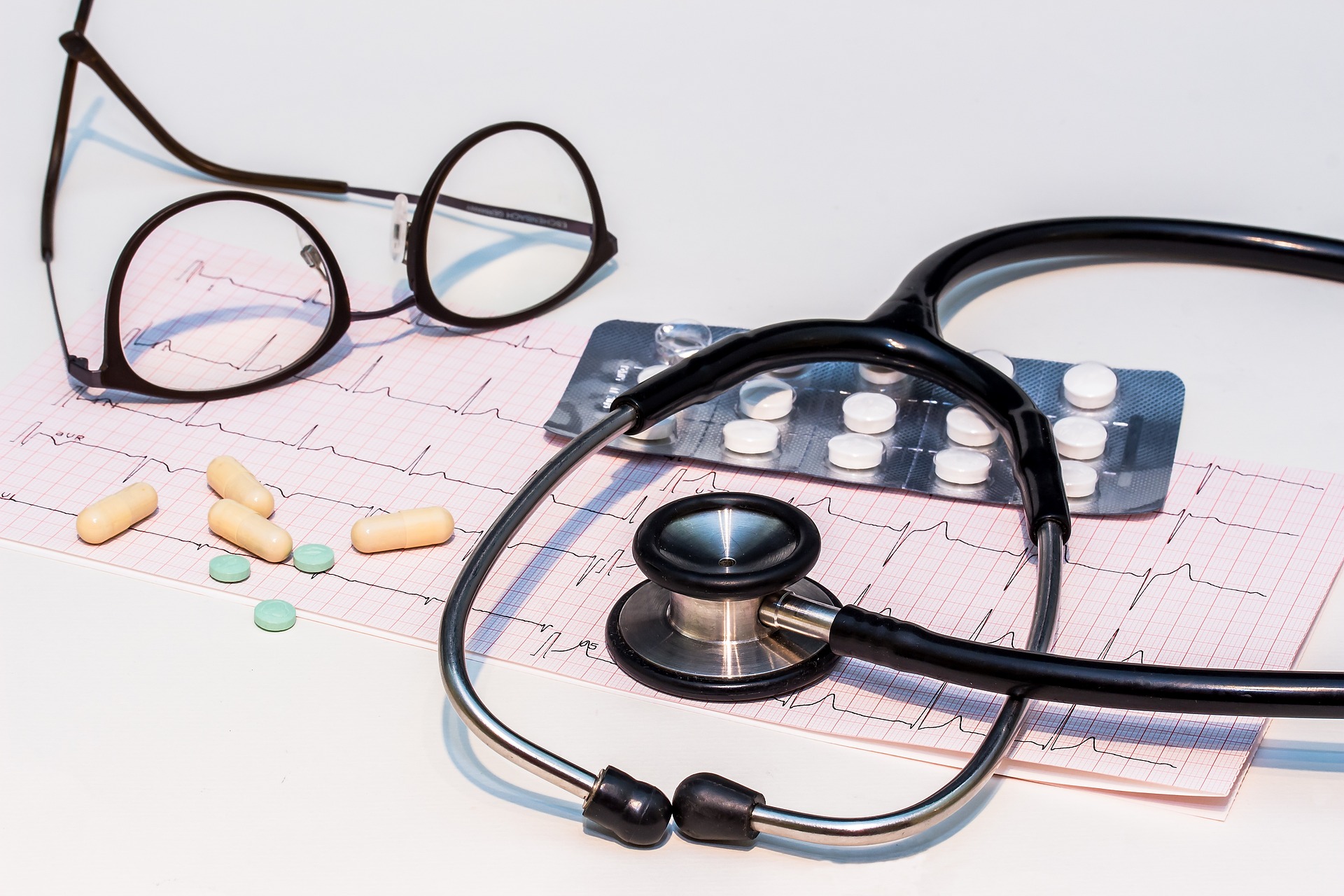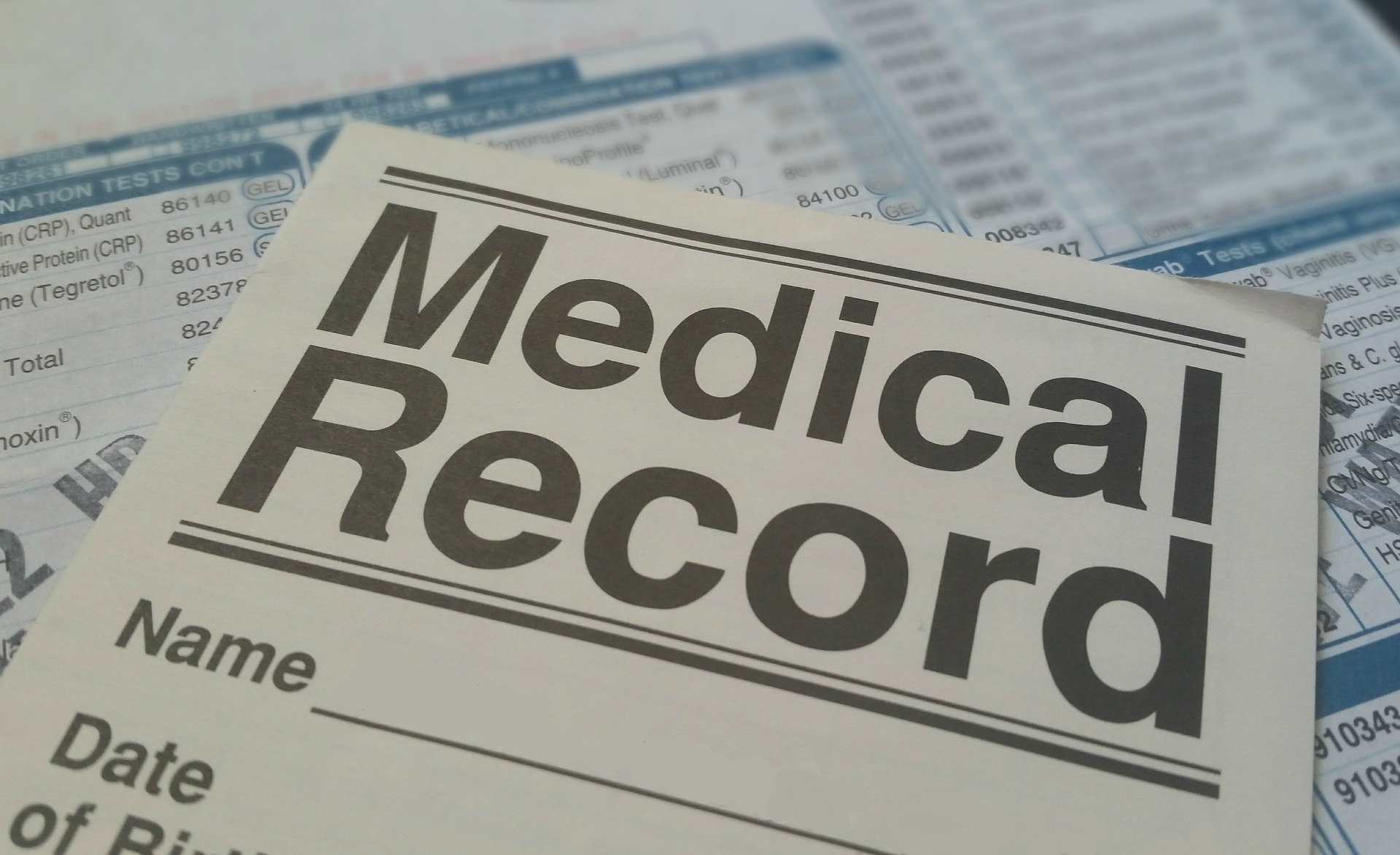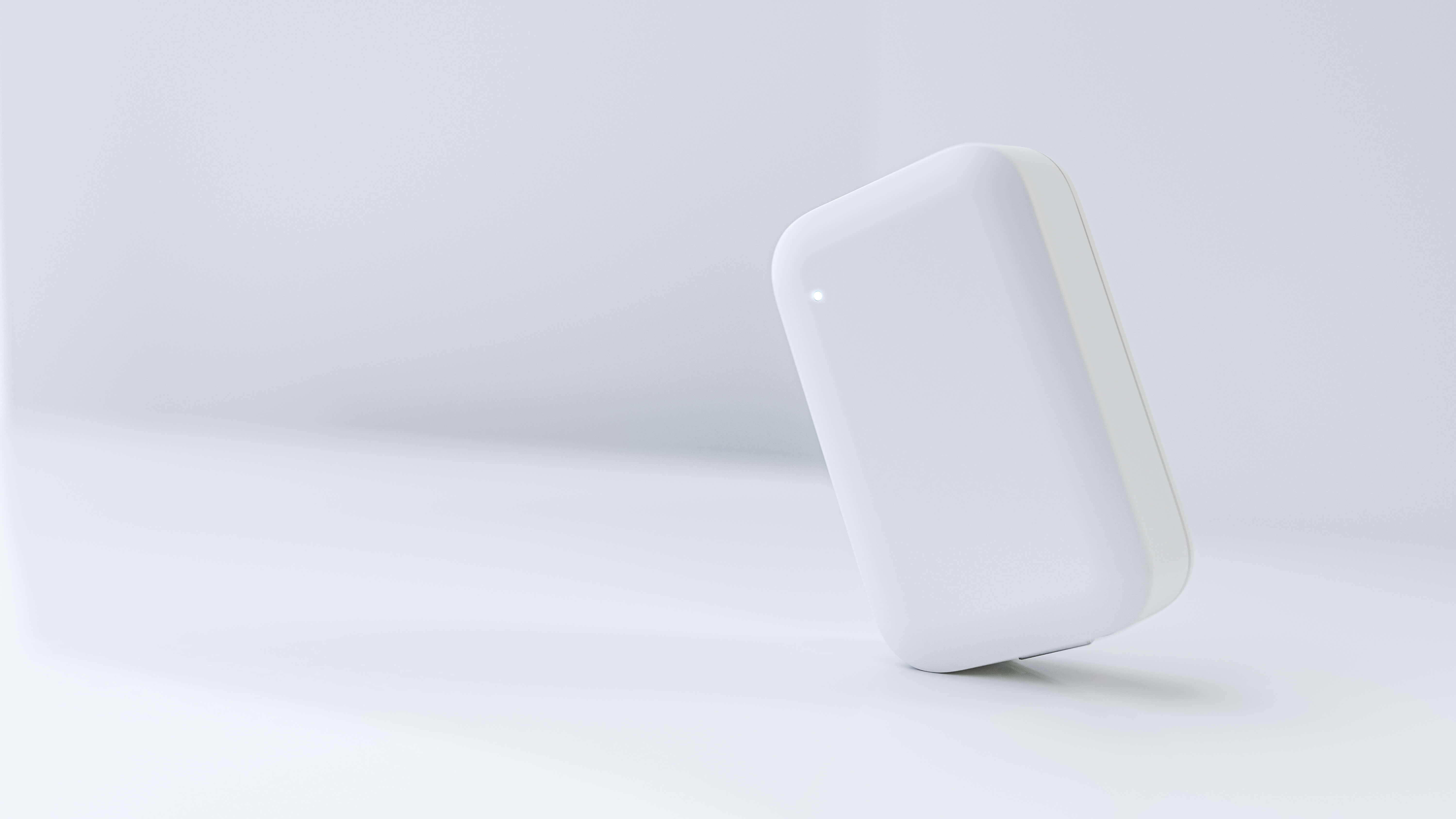
Cardisiography
Cardisiography
The Revolution in Cardiac Prevention
Why Conduct a Cardisiography?
Until now, straightforward diagnostics for heart diseases were either hardly possible or only feasible with significant effort. Cardisiography is the first method that uses artificial intelligence to reliably detect heart diseases. It allows for an effective cardiac checkup – simple, quick, and precise.
For instance, an ECG (Electrocardiogram) is only somewhat informative when it comes to diagnosing ischemic heart disease. Cardisiography, on the other hand, provides a highly accurate assessment of heart health within just a few minutes!
Until now, straightforward diagnostics for heart diseases were either hardly possible or only feasible with significant effort. Cardisiography is the first method that uses artificial intelligence to reliably detect heart diseases. It allows for an effective cardiac checkup – simple, quick, and precise.
For instance, an ECG (Electrocardiogram) is only somewhat informative when it comes to diagnosing ischemic heart disease. Cardisiography, on the other hand, provides a highly accurate assessment of heart health within just a few minutes!
Cardisiography is as easy to use as an ECG but it maps the heart muscle in three dimensions. The measured values are analyzed using a special computer algorithm based on artificial intelligence. This analysis quickly clarifies whether the heart is diseased or if there is a potential risk of a heart attack.
Cardisiography is non-invasive; it involves only the application of electrodes to the body, without the need for needles or injections. This makes Cardisiography risk-free and suitable for every adult, regardless of age or health condition. Many affected individuals are asymptomatic until they suffer a heart attack or are only diagnosed when they exhibit severe symptoms. Cardisiography enables the estimation of the risk of a heart attack for everyone, allowing for straightforward monitoring of heart health with minimal effort.
Significant emphasis is also placed on data protection: Only data necessary for the analysis, such as age and weight, are collected. Additional private information, like names or addresses, are not entered and remain with your doctor.
It's important to note that even if the result is red, it does not indicate an immediate emergency, as the situation can now be actively prevented. If cardisiography identifies a patient with heart issues, they are referred for further testing, such as a cardiac MRI, which usually quickly identifies the causes of the condition. Timely diagnosis and effective treatment, such as with medications or minor surgeries, can prevent severe outcomes like a heart attack. This is why cardiac prevention is so crucial.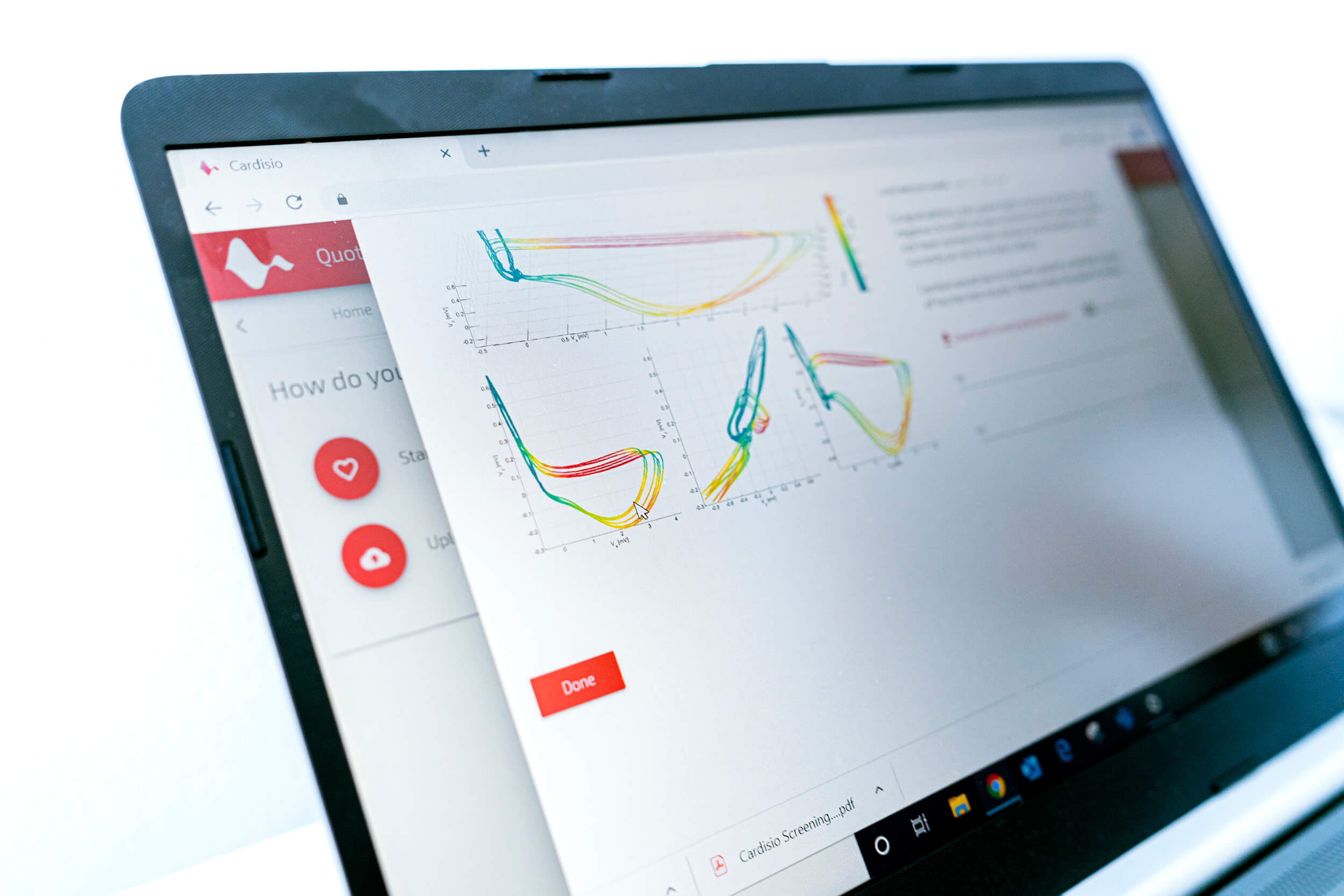
Procedure of Cardisiography
| 5 min Vorgespräch | 5 min Messung | 15 min Ergebnis |
|---|---|---|
| Eine geschulte Person erklärt die Abläufe und das Screeningverfahren, die Cardisiographie. | Bei der Analyse werden Elektroden an Ihrem Körper befestigt, ähnlich wie bei einem EKG. Sie sitzen möglichst ruhig und warten ab. | Ihre Parameter werden in den Cardisiographen eingegeben. In wenigen Minuten steht Ihr Ergebnis fest, das Sie dann mit Ihrem Arzt besprechen können. |
Why undergo cardiac screening?
The heart is a vital organ. With 100,000 beats per day, it performs at peak levels daily. Heart diseases affect the entire body.
Statistically, in every three men and every five women, the heart does not function as it should.
The heart is a vital organ. With 100,000 beats per day, it performs at peak levels daily. Heart diseases affect the entire body.
Statistically, in every three men and every five women, the heart does not function as it should.
| Typische Symptome | Ursachen & Risiken | Mögliche Folgen |
|---|---|---|
|
|
|
Recognizing heart problems early is challenging for those affected, as the symptoms are often ambiguous and tend to appear and disappear intermittently. Cardisiography provides certainty. It is particularly appropriate for patients asking themselves the following questions:
Consider consulting with us about cardisiography in our practice. We look forward to seeing you!
- For individuals who have noticed symptoms but cannot identify their cause: Should I see a doctor about this? Is it serious?
- For athletes: Could something happen to me during high strain, such as running a marathon?
Consider consulting with us about cardisiography in our practice. We look forward to seeing you!
More services
Metabolic Balance

Metabolic Balance
Cardiological examinations
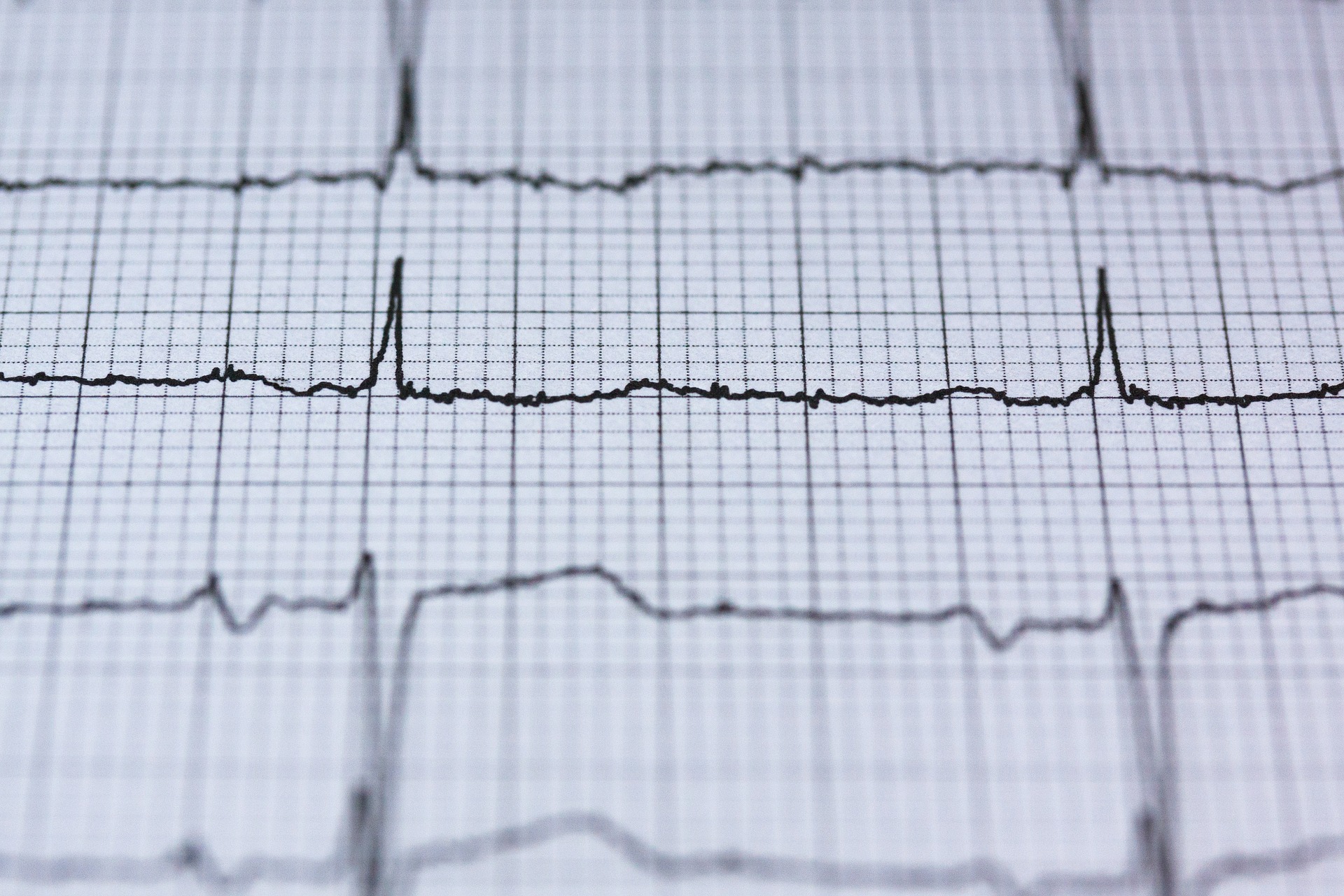
Cardiological examinations
Stress-ECG
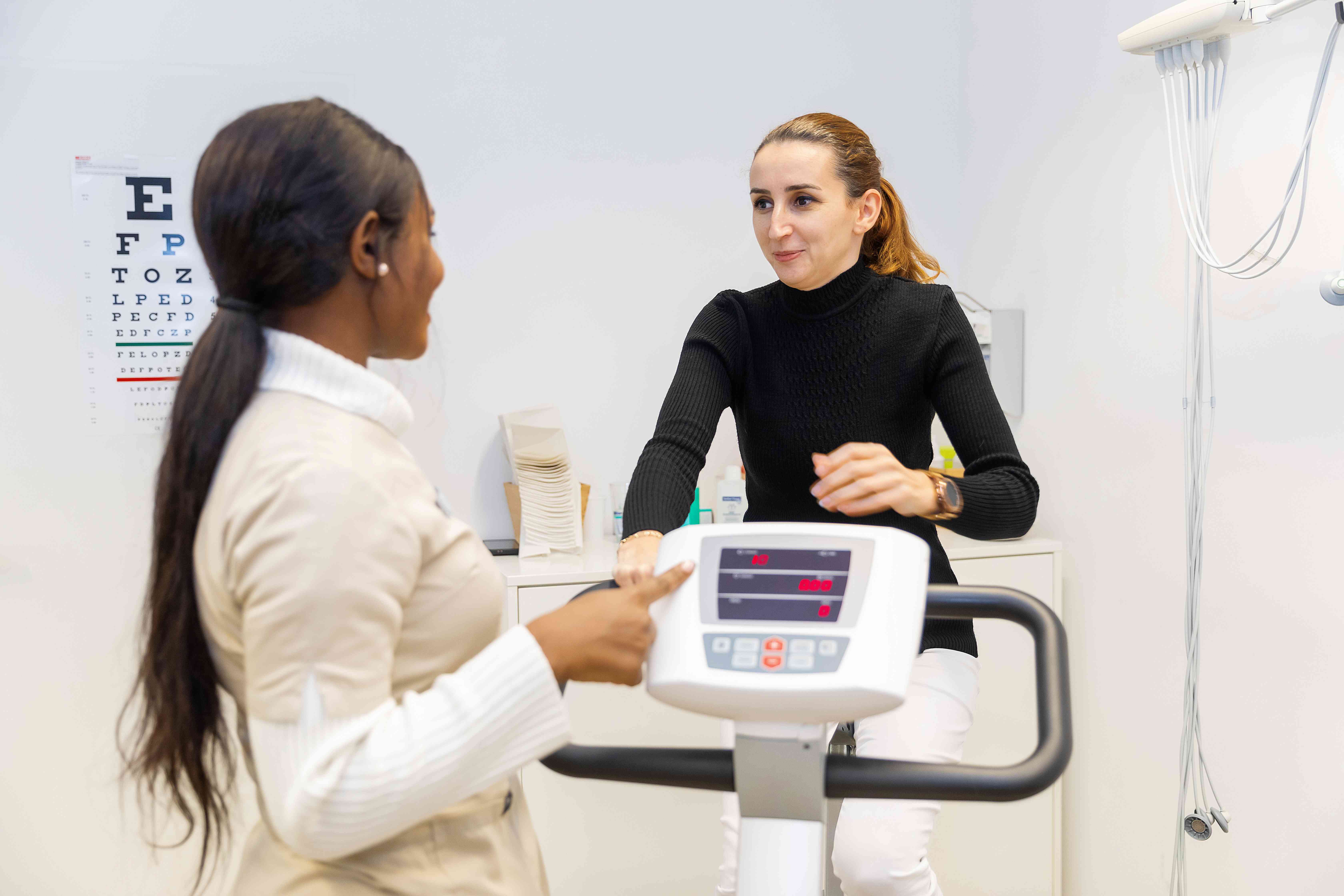
Stress-ECG
Body Fat Measurement
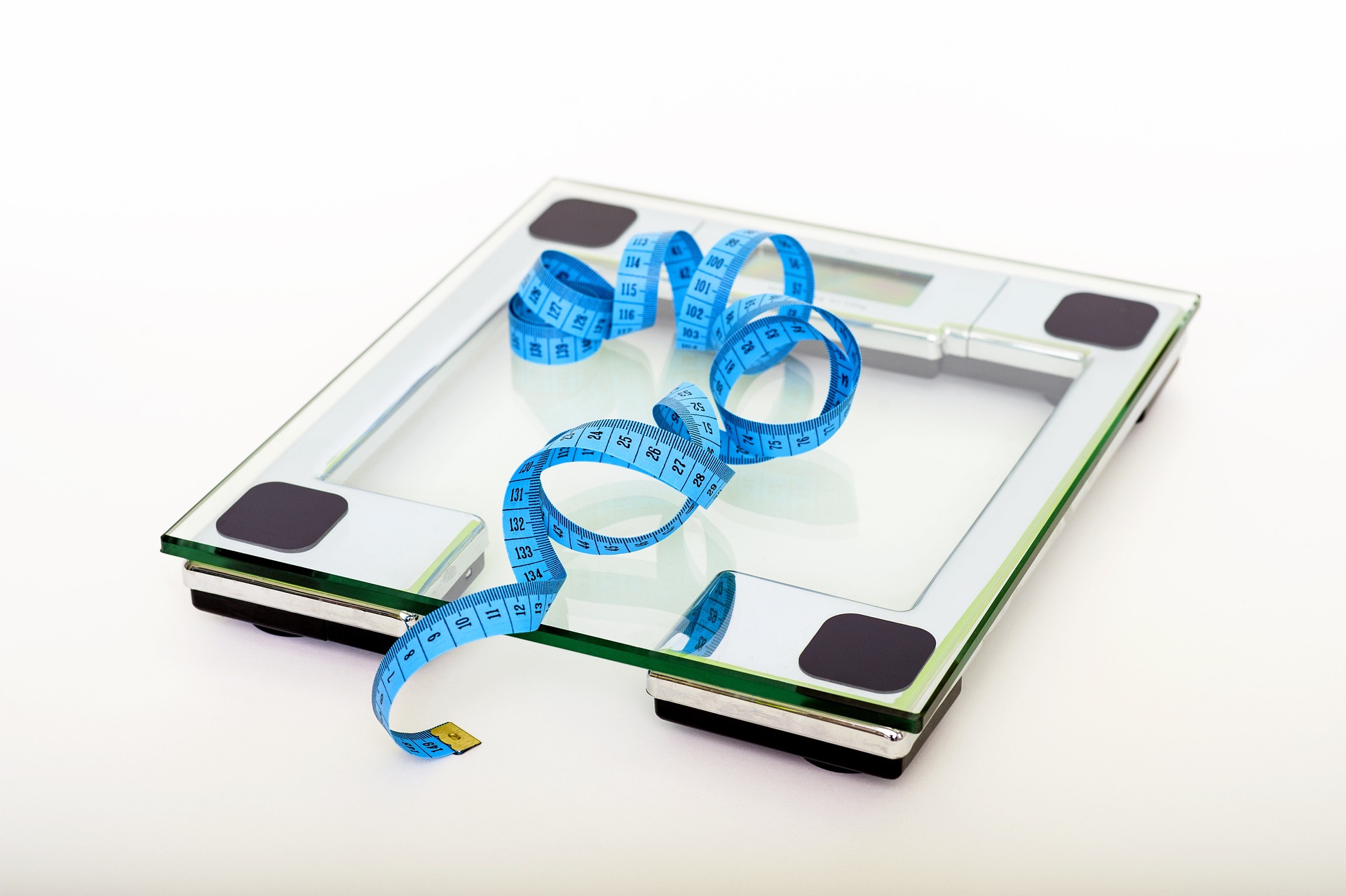
Body Fat Measurement
Color Doppler ultrasonography
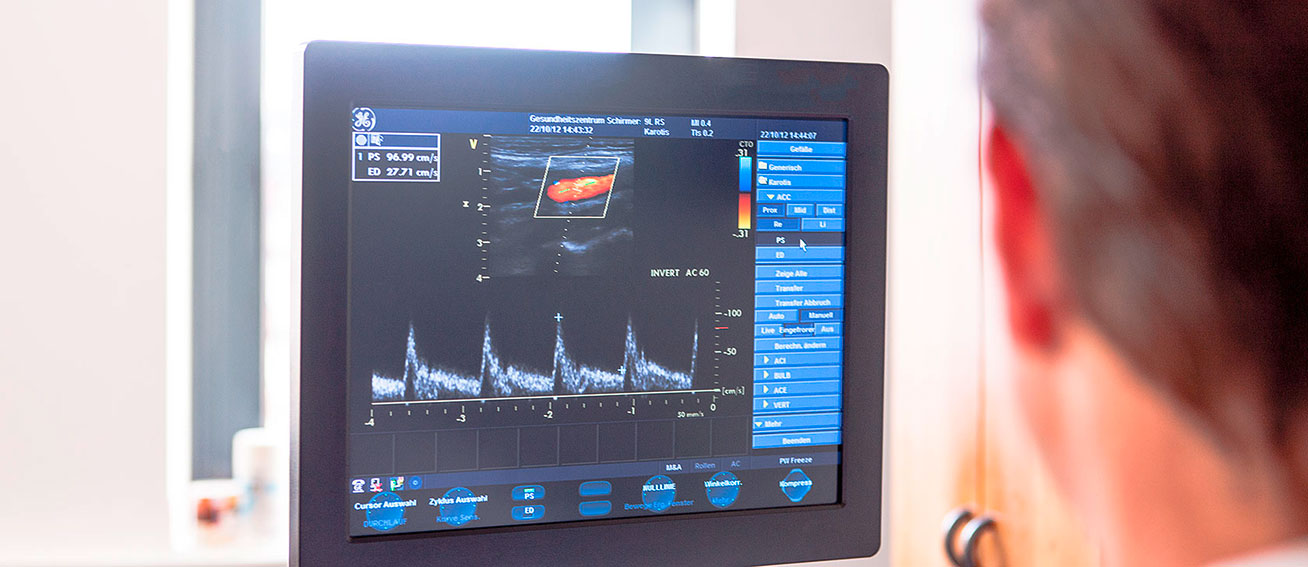
Color Doppler ultrasonography
Ultrasound examinations

Ultrasound examinations
Vaccination and travel vaccination consultation
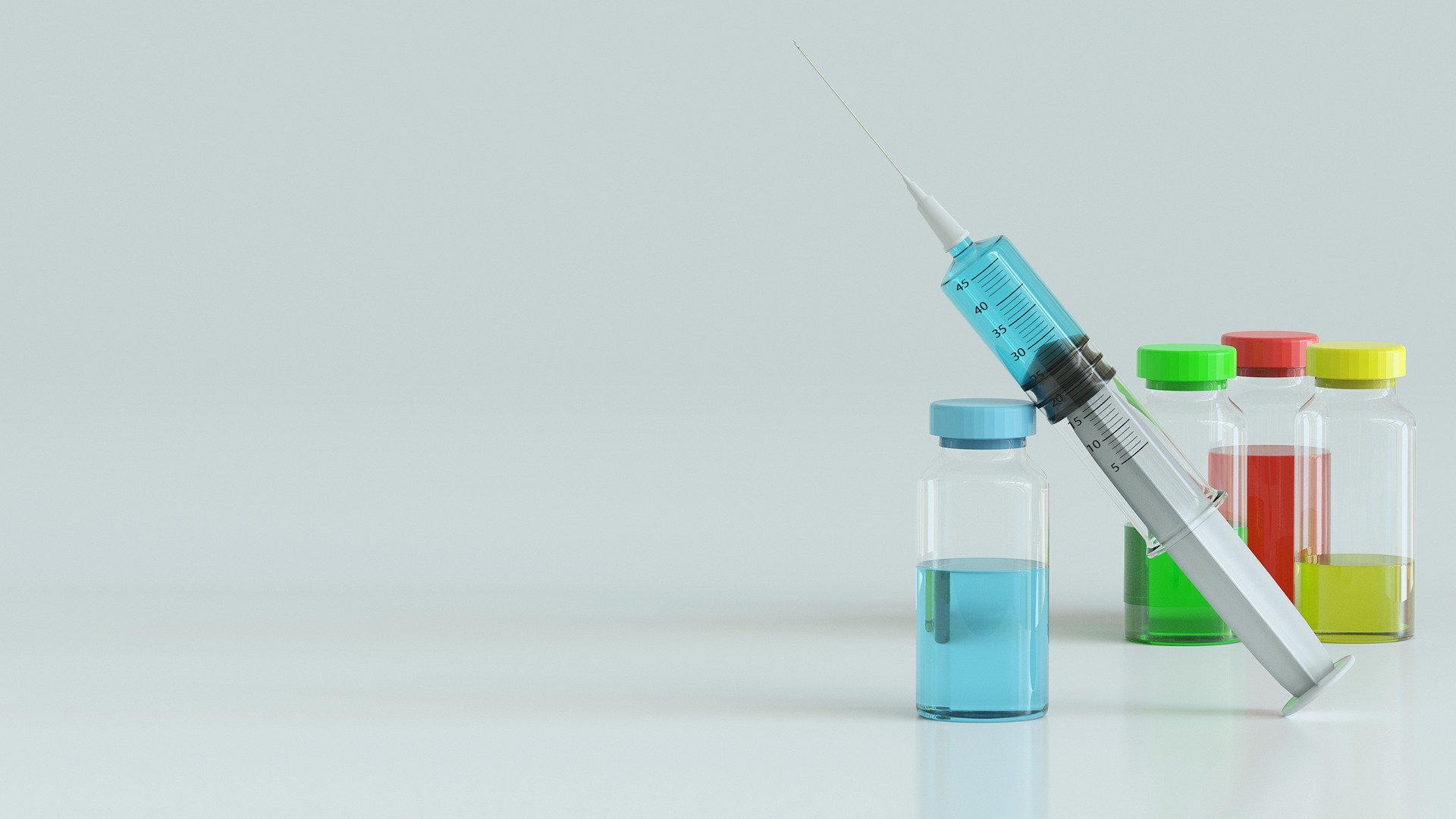
Vaccination and travel vaccination consultation
Cardisiography

Cardisiography
DMP (Disease management program)

DMP (Disease management program)
Laboratory tests
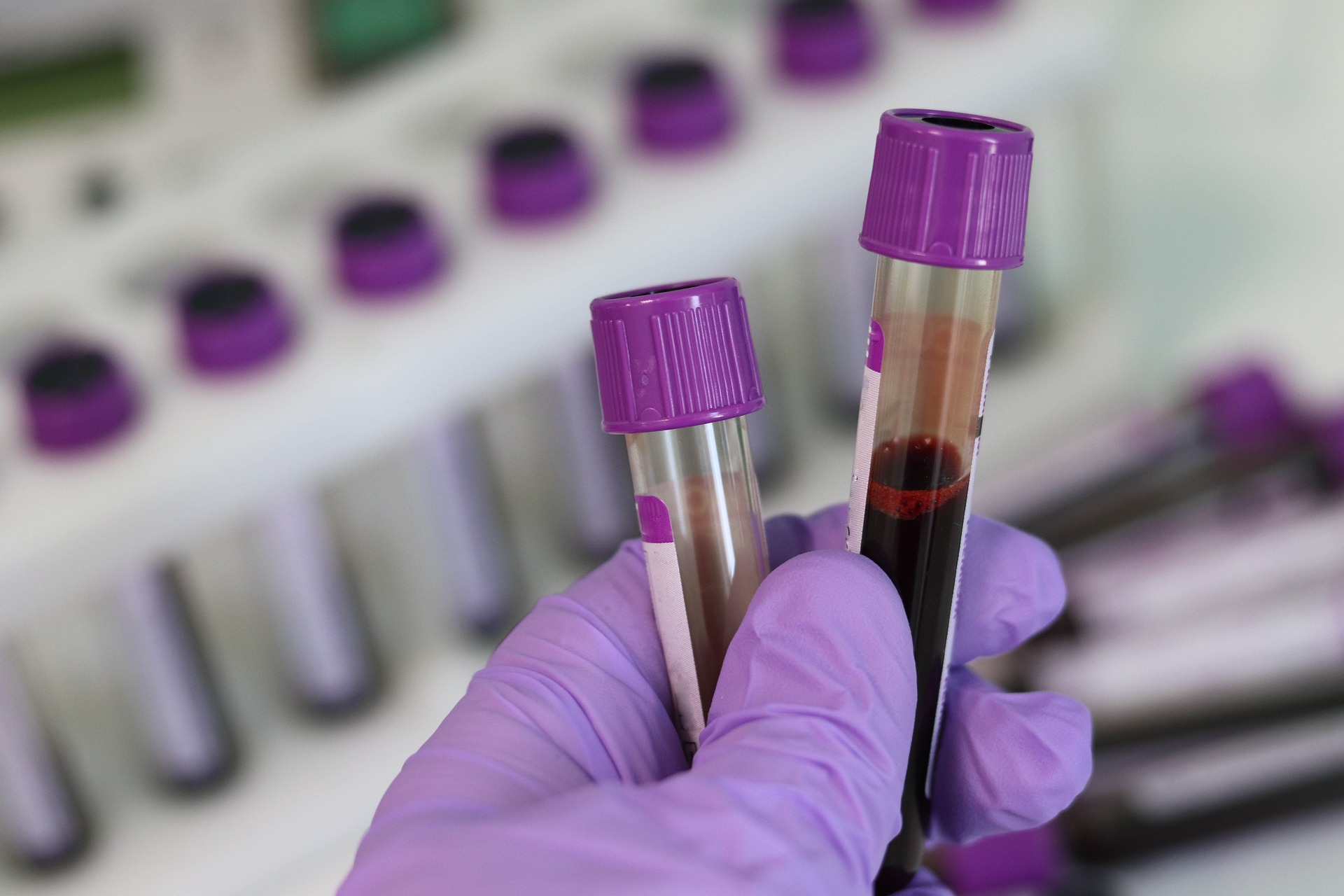
Laboratory tests
Individual Health Services (IGeL)

Individual Health Services (IGeL)
Check-Up
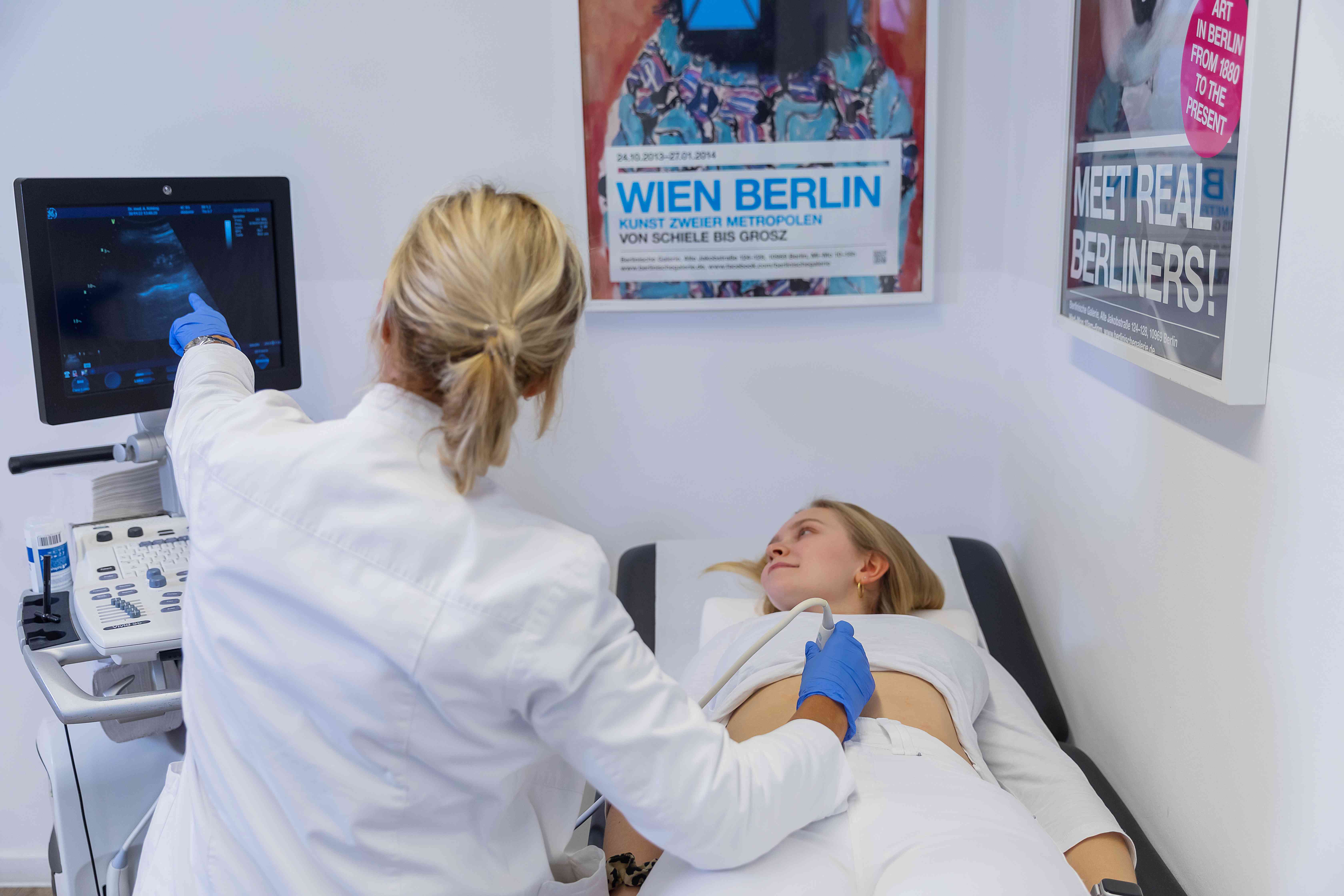
Check-Up
Pulmonary function tests
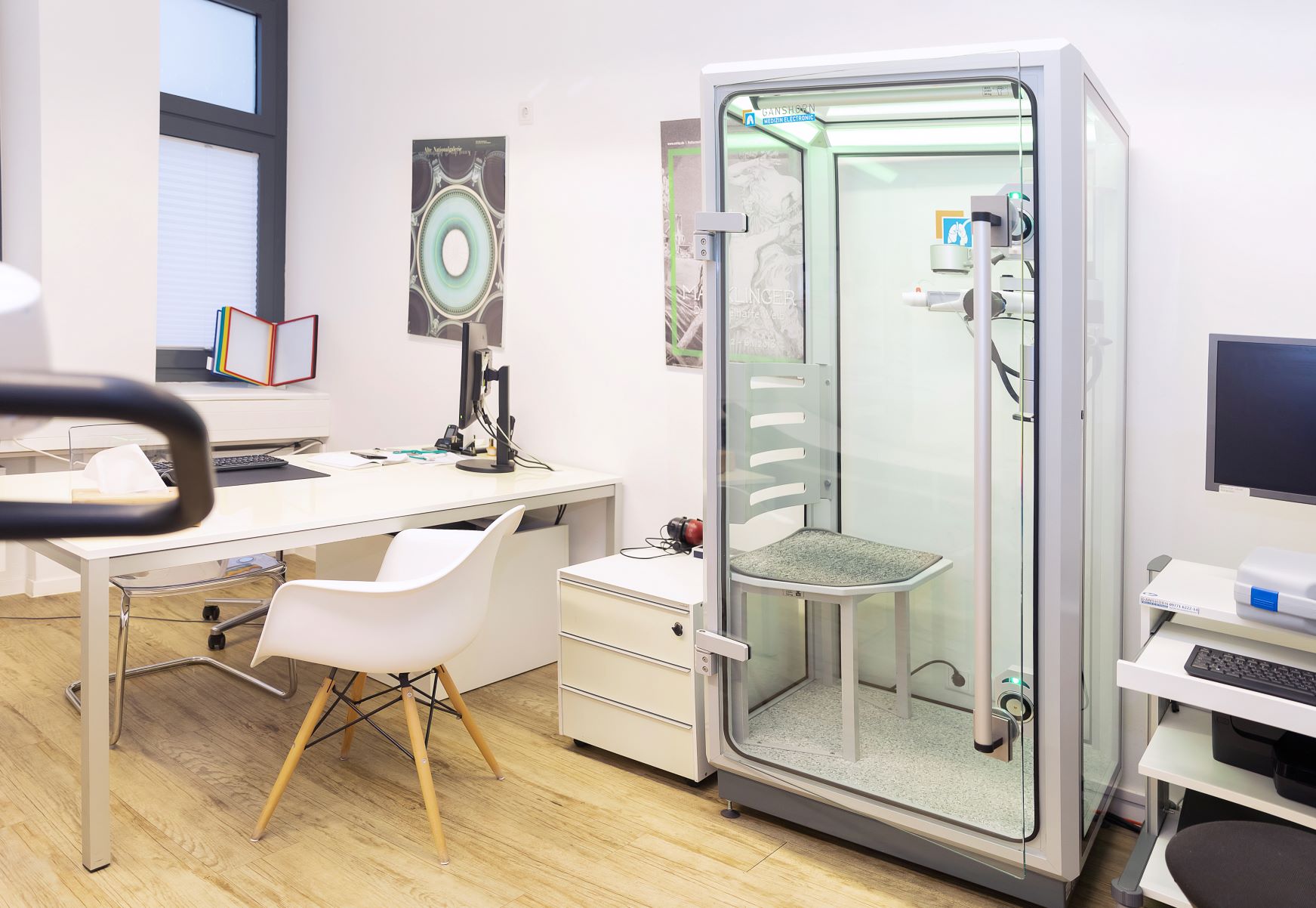
Pulmonary function tests
Cancer screening
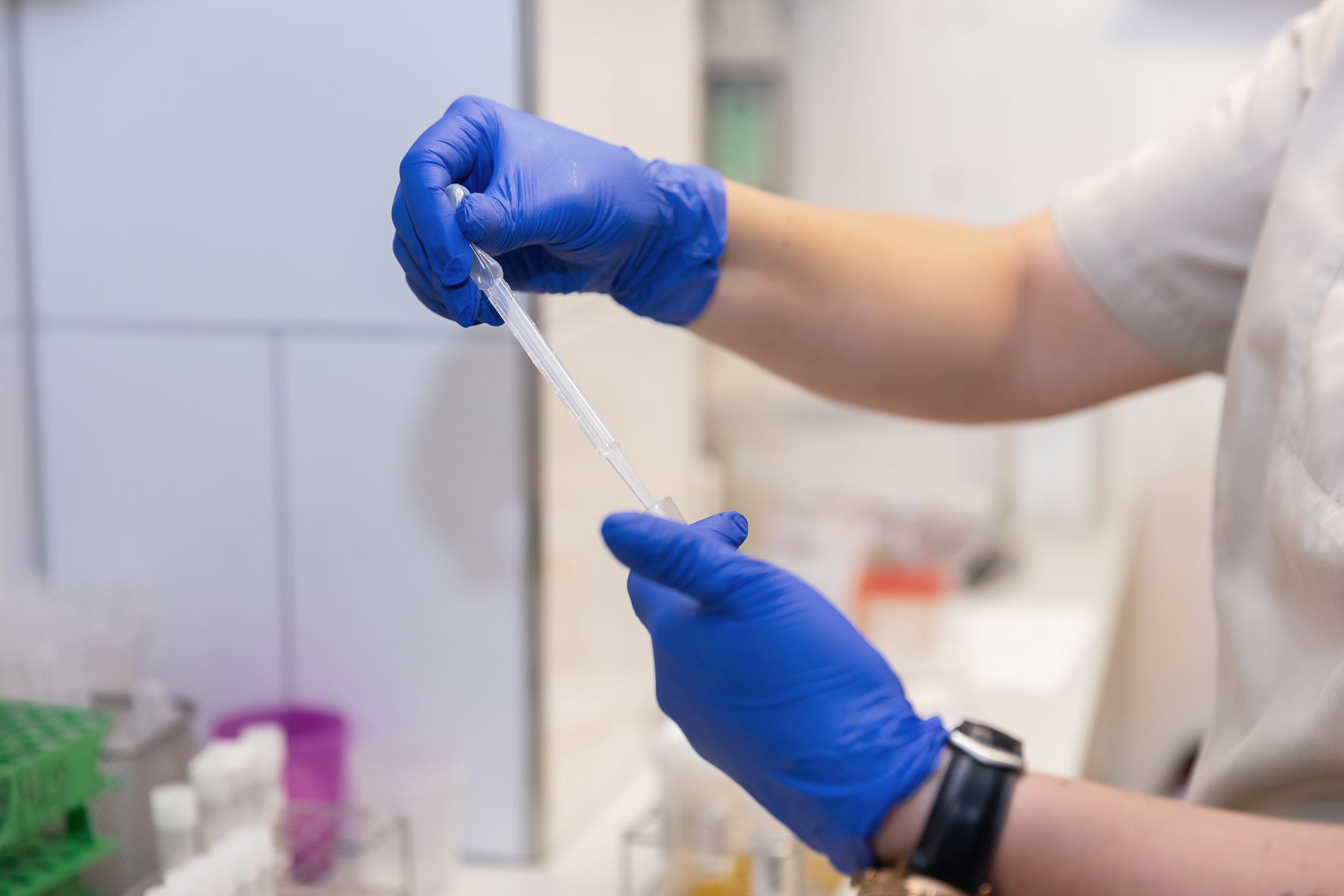
Cancer screening
Skin cancer screening

Skin cancer screening
Emergency diagnostics
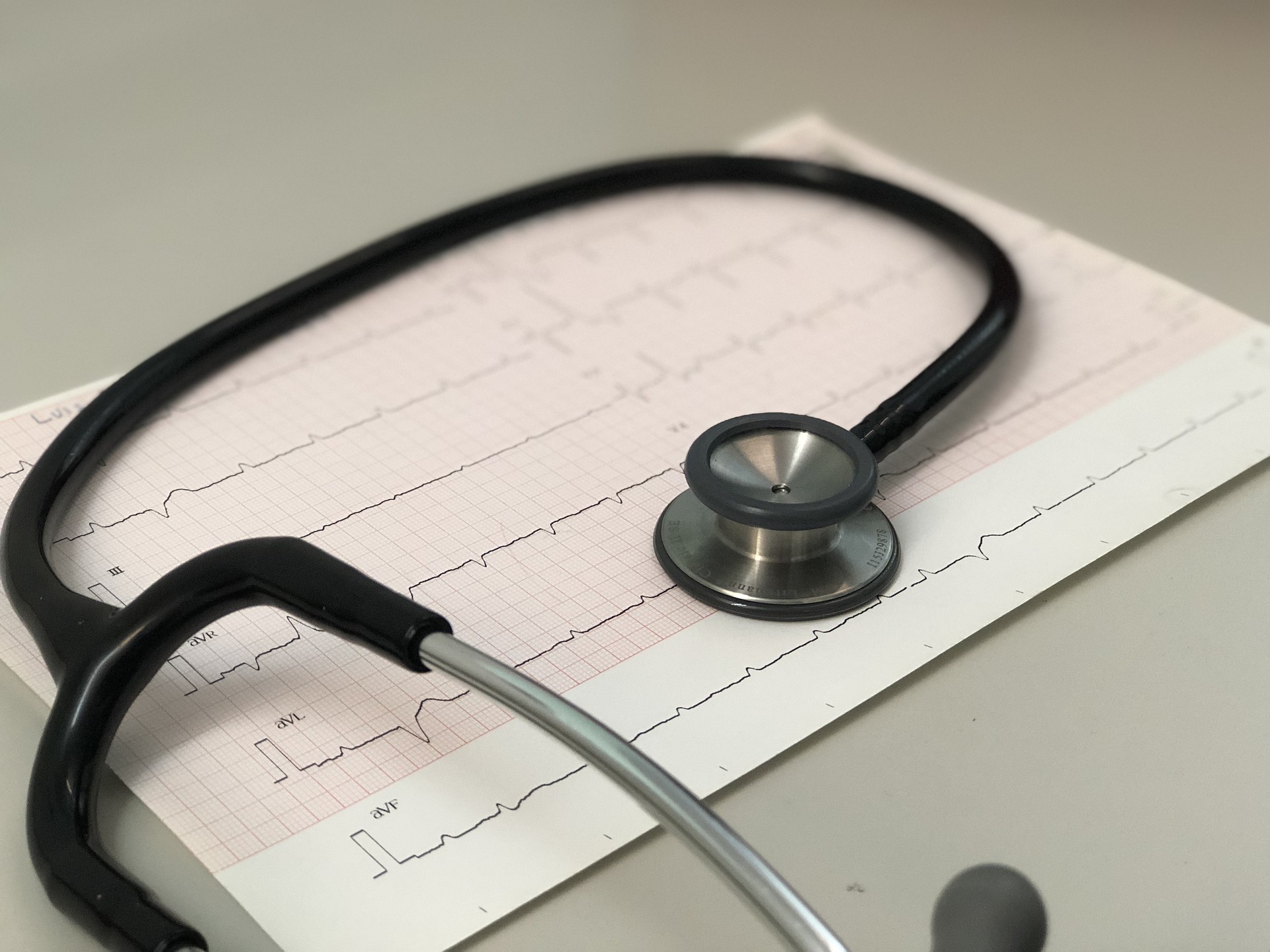
Emergency diagnostics

